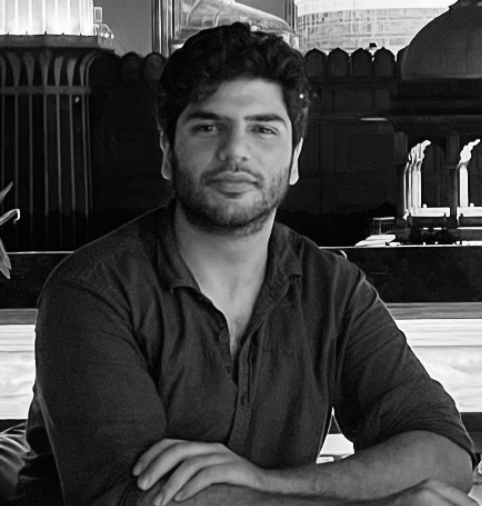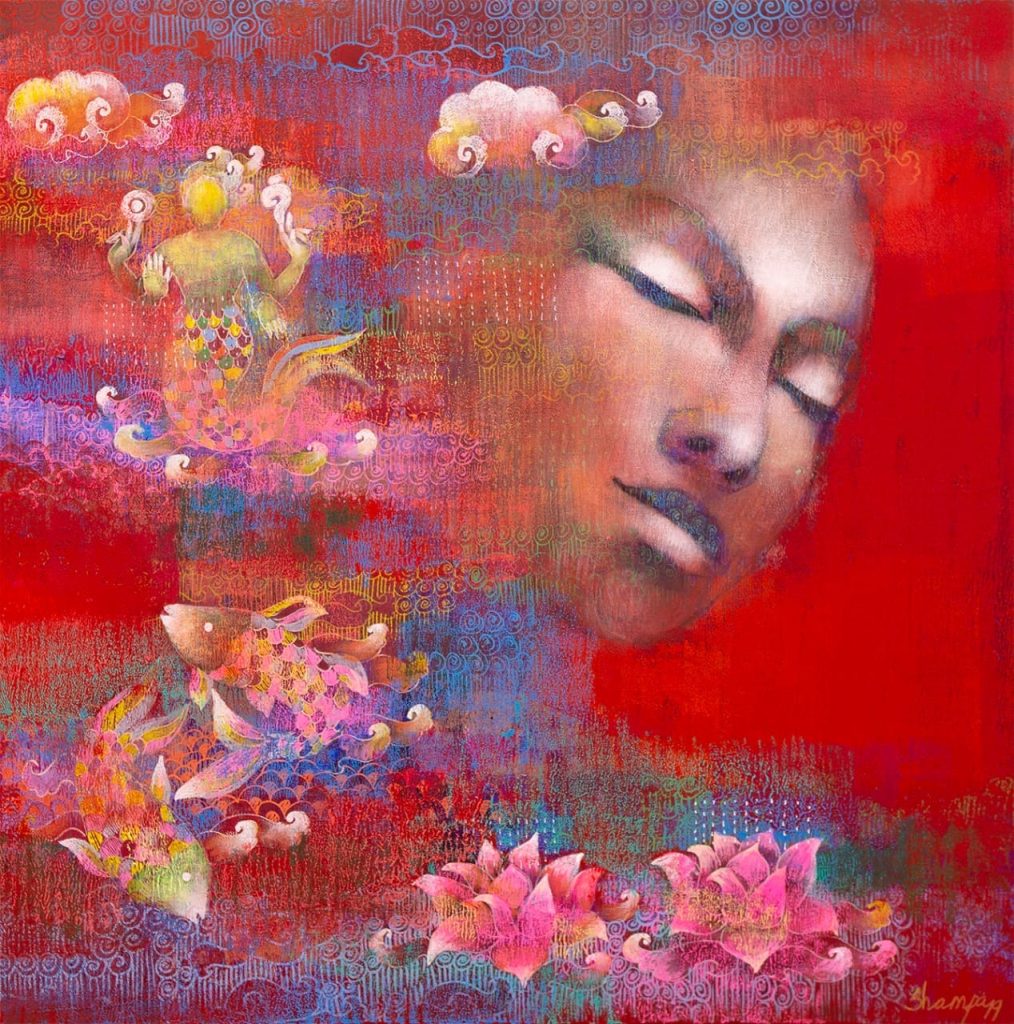Manan Shah
In the Post nationalisation era, the emergence and establishment of capitalisation has had a significant impact on the country. As regions became more flexible with their trading and commerce policies, they neglected the condition of labourers for a very long time. While we have turned attention to the issue that directly affects us, people tend to have very little or no awareness of exploitative practices that exist in different forms and ways. One such evil that exists and is less spoken about is the condition of people working at coal mines.
The exhibition, Tales from the East: Embers, Echoes, and Stories of Shifting Earth, curated by Prayag Chakradhar and presented by Gallery Exhibit 320, turns attention to coal mining conditions in India and how urbanisation impacted the ecology and topography. With a roster of both young and more experienced artists; Ajay Chakradhar, Mohd. Musa, Ronny Sen, Sareena Khemka and Suryakanta Swain, the exhibition attempts to bring forward the narrative of different generations and how they absorb, register, and reciprocate the changing nature of landscapes.

“Exhibition reminds us of art’s power to connect people, stir emotions, and provide a sanctuary for contemplation and reflection. Bringing together 5 brilliant artists that use different materials to bridge the past and the present, offering a rich story told through the visual language of the artworks. As I walk through the exhibition, I feel invited to explore the intricate tapestry of change and discover a sense of refuge amid the surrounding chaos”, said Rasika Kajaria, the founder, Gallery Exhibit 320.
Through the artwork of a young artist from Bangladesh, Md. Musa Mia, the exhibition prompts us to ponder the amalgamation of rural and urban landscapes. The visuals and scale of works like Paddy Harvesting (Memory) allow the visitor to spend time with the work and absorb it. Using charcoal on paper, Mia creates visuals where traces of memory from the past and present find the same space. They overlap and merge, blurring the distinction between “lived” and “living.”

While Sareena Khemka’s installation works like Fragmented Landscape trigger us to understand how material leaves its traces and, over time, transforms into new organic forms. Her work speaks about the impermanence of material and reflects on the temporal characteristics of the same. Within the scope of the exhibition, Khemka’s work comments on the dichotomy of construction and deconstruction. This argument is further established in the works of Suryakanta Swain. Works like Golden Bear become a catalyst in understanding the relationship between nature and the man-made, capturing the essence of urban existence. Swain’s intrigued by the monotonous work pattern of labourers is evident in his later works, such as The Garden Full of Flowers and Moon in the Urban Space, which is the opening work of the exhibition as well. Trying to put himself in the same position as the labourer, the artist works toward the same outcome, reflecting upon his curiosity and attempting to live it. Through these works, he re-creates a mundane environment for himself in order to experience the monotony and be cognisant of the process that achieves repetitive stimulation and results.

It is through the work of Ajay Chakradhar and Ronny Sen that the exhibition takes a strong stance on mining exploitation and the working conditions of labourers. With the series Canary in a Coal Mine, Ajay Chakradhar explores mica as a medium. The layers in his works define the irregularities, displacement, and tension in the region of coal mining. Using thin layers of mica sheets further helps the artist to arrive at the desired visual as it adds to the tactile quality of the work.“Chakradhar’s practice as an artist is a call to action for responsible resource management and advocacy for the rights of marginalised communities. His work underscores the necessity of addressing the socio-political dimensions of mining and the broader implications for society and the environment”, says Prayag, the curator of the show.

Ronny Sen’s Fire Continuum Video work is a visual narration of workforce exploitation to viewers. The video work engages the audience with its visuals cast in low light against the backdrop of a mining site. Sen’s powerful photographic work, Jharia: End of Time 2(c), depicting a worker at a coal mining site in the Jharia region, draws our attention to the subject’s face and the coal dust in the background. The similar colour of the subject and the surroundings acts as evidence of the working conditions in the coal mine, as both the subject and the surroundings become one. Through Sen’s work, viewers are directly exposed to the realities of coal mines. The surroundings, fumes, dust, and machines at work vividly portray the exploitative nature and unfavourable conditions of these sites.

“The show features a diverse array of artworks that poignantly capture the essence of transient urban contours, the harsh realities of labour, and the beauty that emerges from chaos. Through visual narratives, decaying objects, and landscapes, the artworks serve as a cerebral odyssey, drawing a vivid connection between past and present, navigating the intricate change, movement, and transformation,” writes Prayag in his curatorial note.

The exhibition, Tales from the East: Embers, Echoes, and Stories of Shifting Earth, on view until August 15, 2024, addresses the exploitative nature of coal mining and the conditions where people are forced to work. It further raises a question to governing authorities and to individuals who turn a blind eye towards such issues and attempts to make the visitor aware of hazardous enactments that are practised in the peripheries. It creates and leads us to the visual commentary of the urban cityscape, compelling viewers to acknowledge the changing dynamic of rural and urban and how one takes over another.

Manan Shah is a museologist, curator and writer. His writings and curatorial practices are attentive to antiquity knowledge systems that have informed South Asia’s current cultural and political identity. Based in New Delhi, Shah is working as an editorial and programme assistant at TAKE on Art and is a part of the curatorial team at gallery LATITUDE 28.





